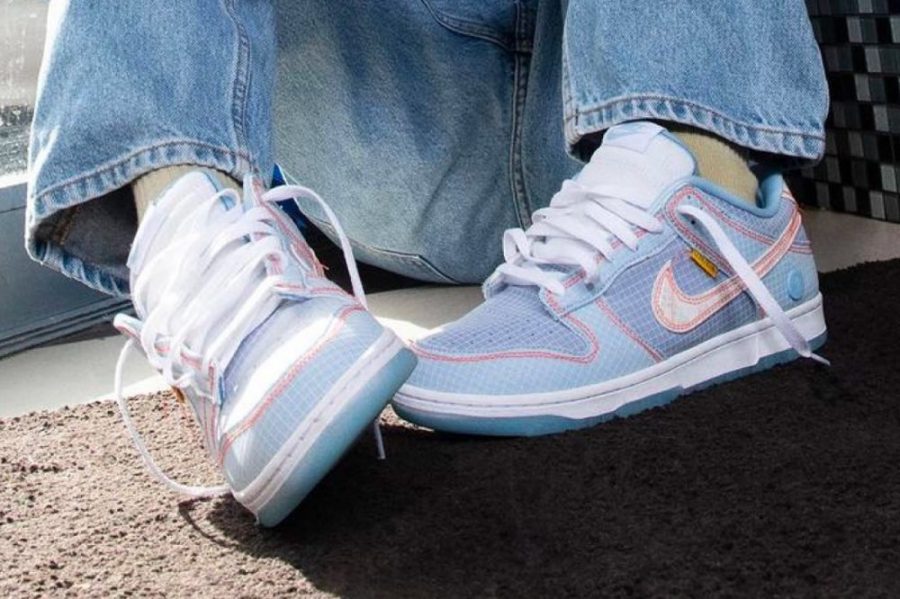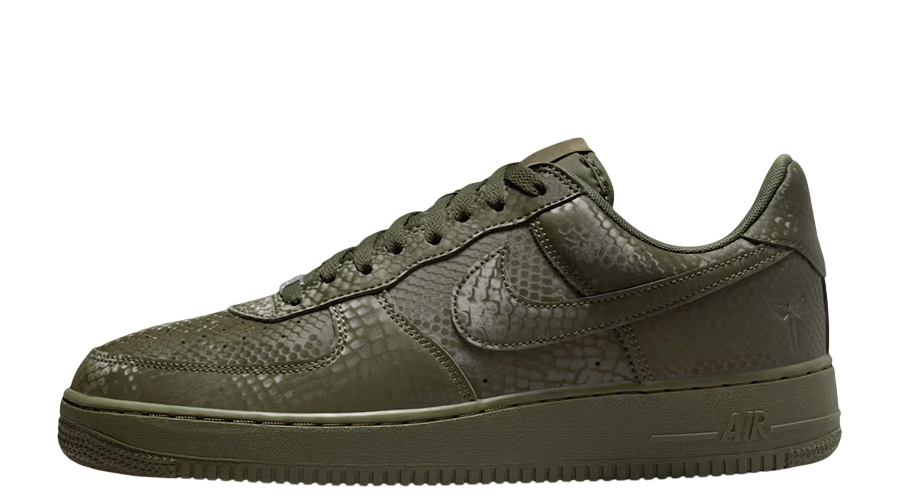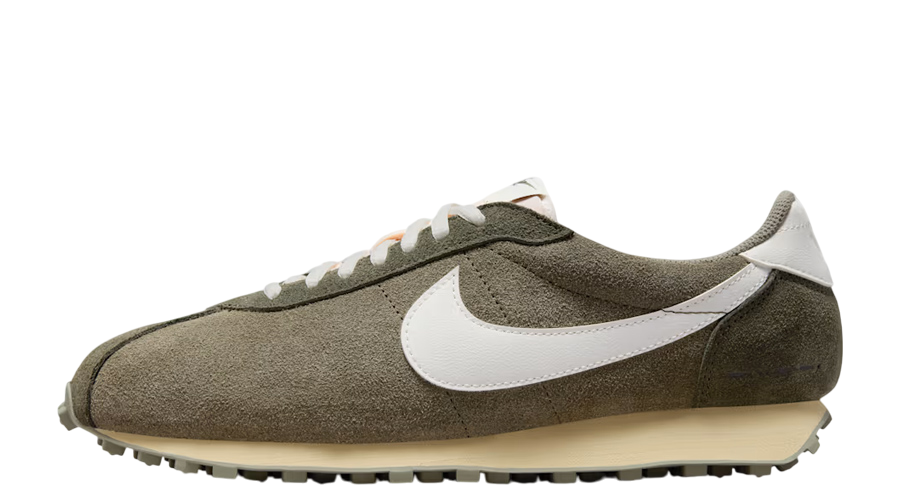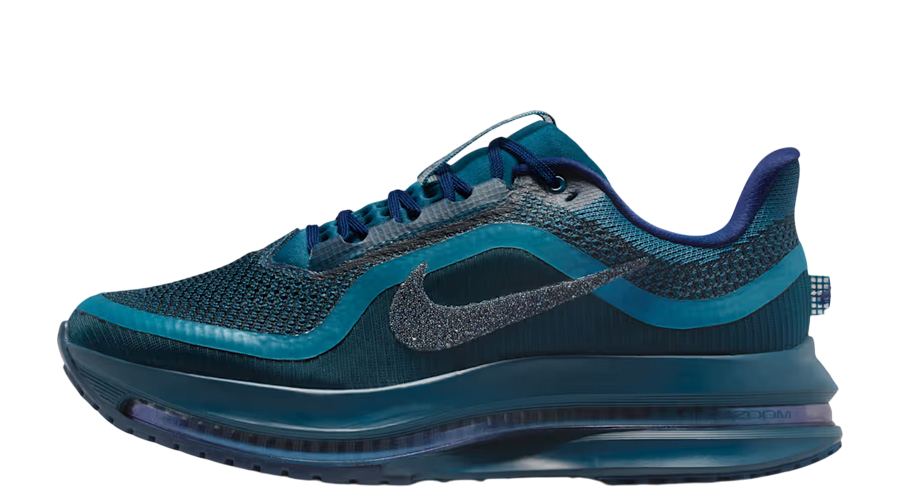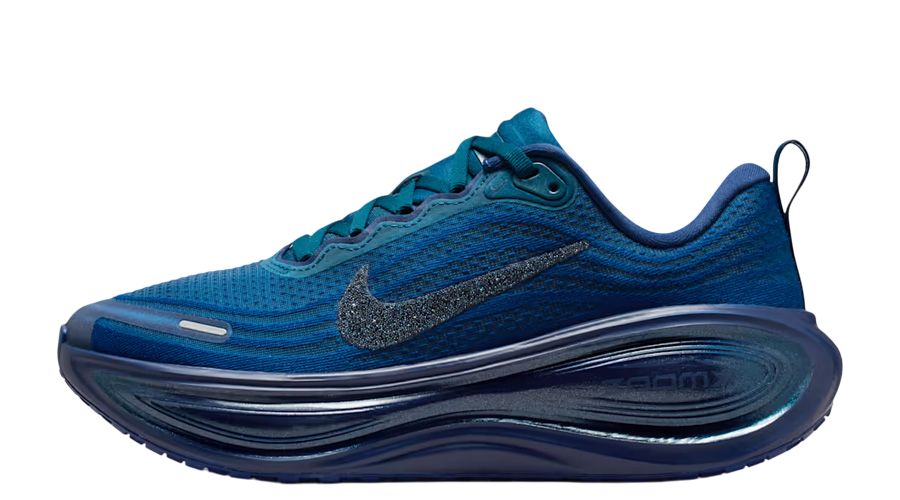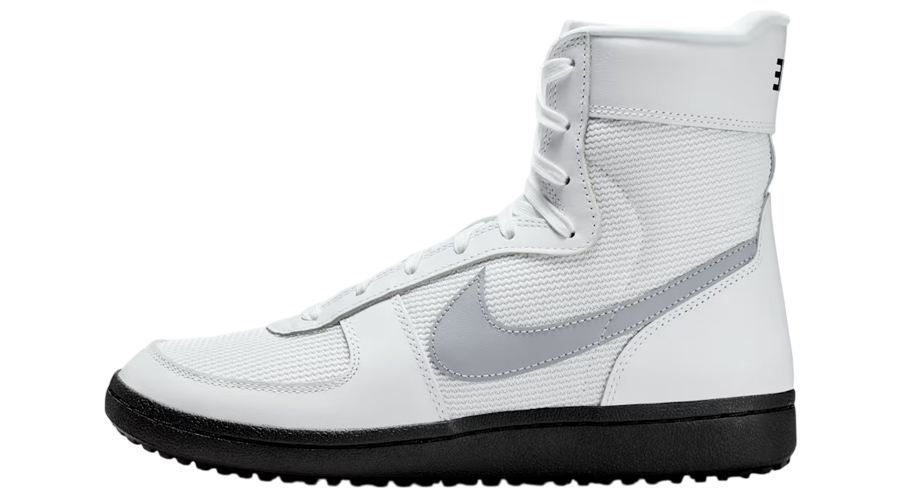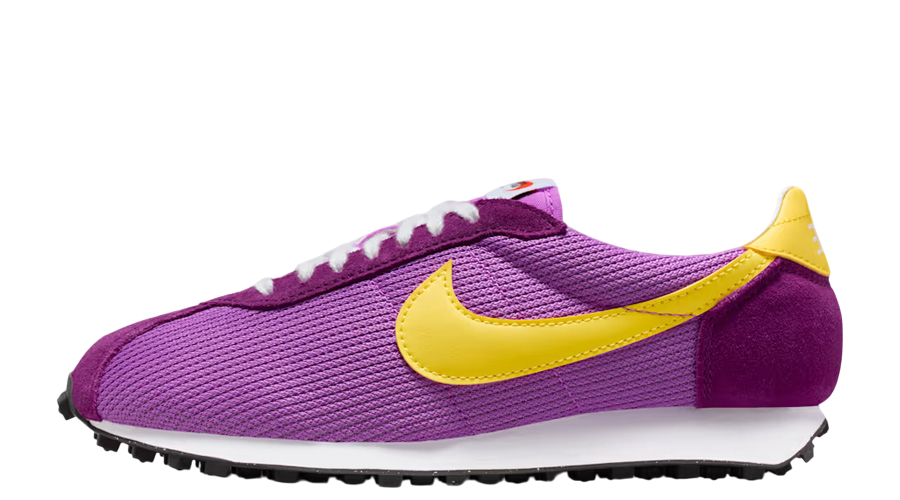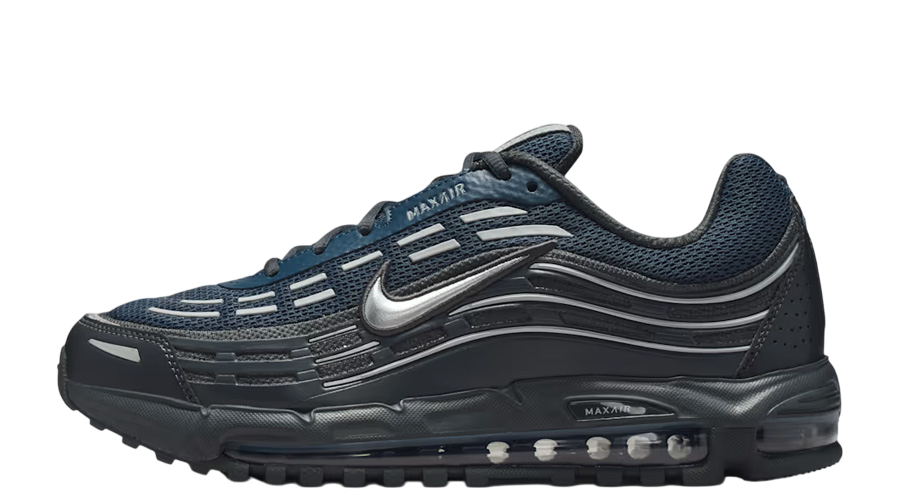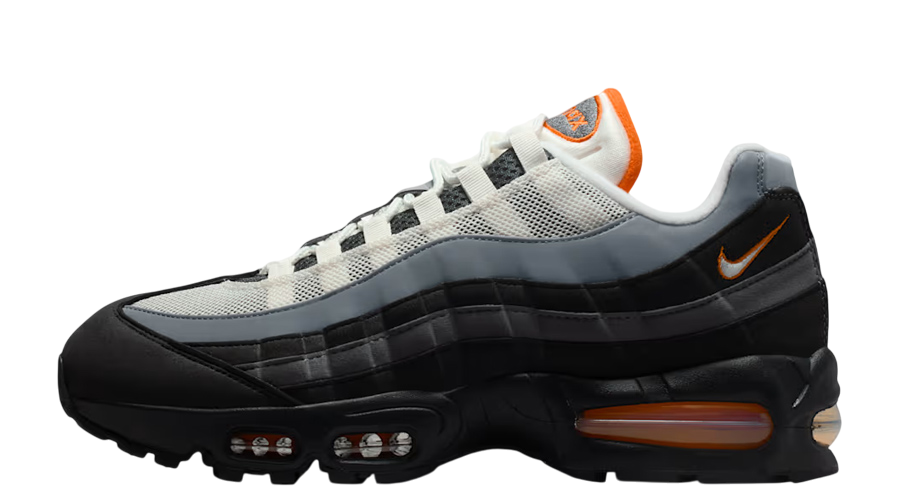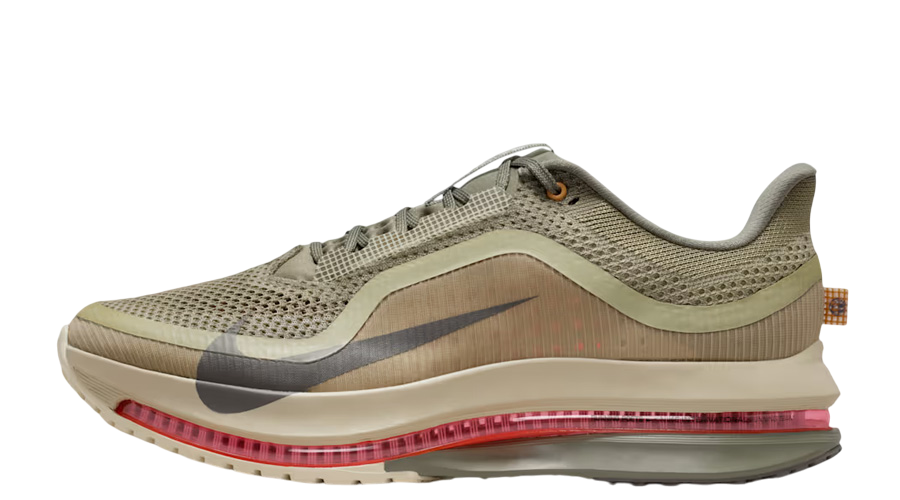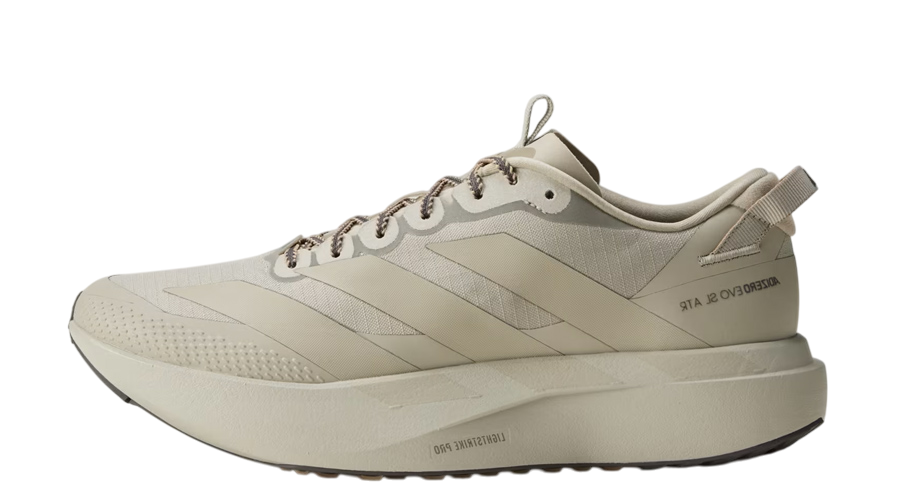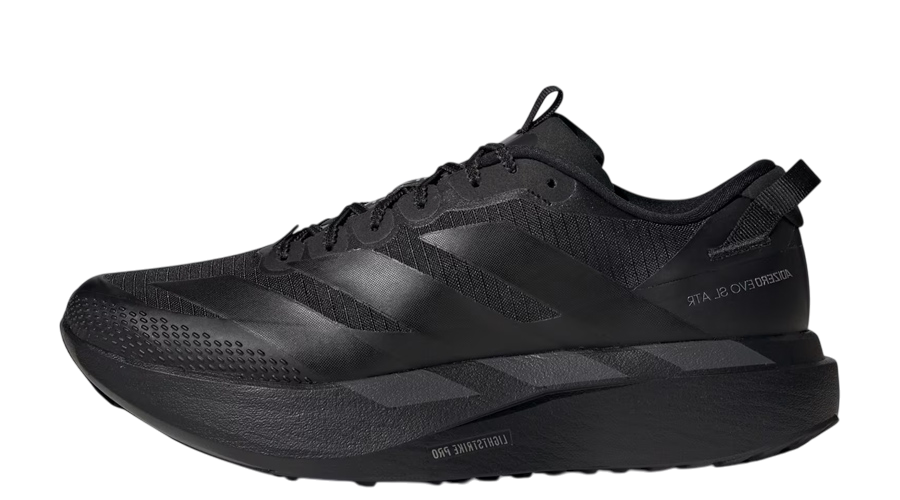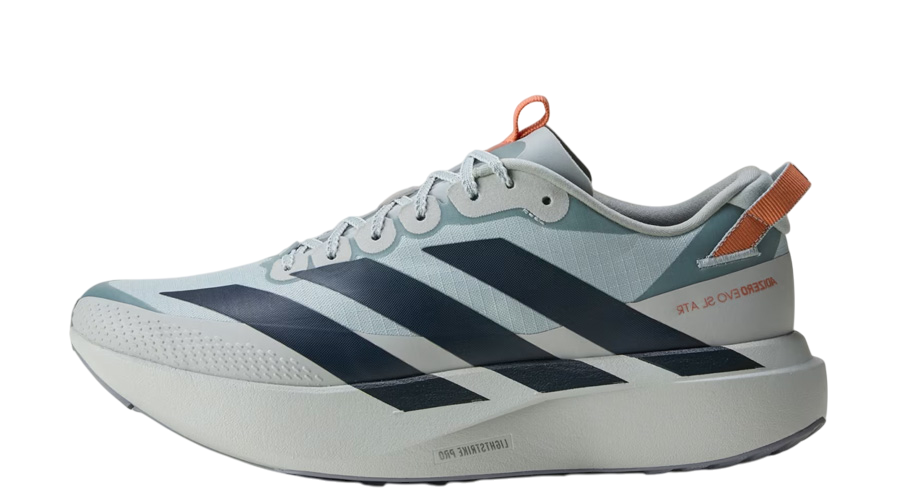What’s The Difference Between The Nike Dunk & The Nike SB Dunk?

The Nike Dunk is, without a doubt, one of the most iconic basketball sneakers of all-time. Introduced in the middle of the ’80s around the same time as the Air Jordan 1, it quickly became a favourite amongst college basketball players and their respective fans. 17 years later, Sandy Bodecker worked closely with the Beaverton brand on the Nike SB sub-division. By using the Dunk as its foundation, the Nike SB Dunk was born.
Never in history had we seen a skate shoe churn out as much hype as this one. With countless coveted collaborations from the likes of Concepts, HUF, and Run The Jewels, to name a few, no trainer collection is complete without at least one or two (or three or four) pairs in your rotation. If you’re thinking of jumping into the Dunk hype but you’re entirely sure what the differences are, then you’ve come to the right place. In this Captain Creps guide, we’ll be going through sizing, materials, design, and technologies. So, let’s get to it!
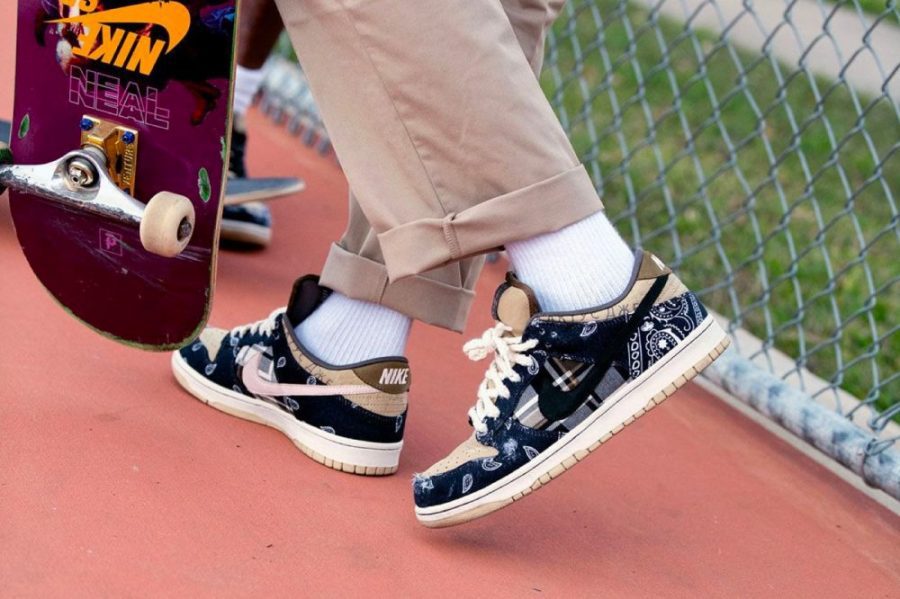
Nike Dunk vs. Nike SB Dunk Differences
First introduced in 1985, the Dunk was created for basketball players on a college level. Making its debut with the legendary “Be True To Your School” collection which represented different universities around the United States. In 2002, the Nike SB Dunk was revealed. Using the OG model as its canvas, it was infused with plenty of details that were engineered for the halfpipe. With that said, there are some pretty major differences that you should definitely take note of when copping.
Nike Dunk vs. Nike SB Dunk Sizing
Generally speaking, both the Dunk and the SB Dunk fit true to size (TTS). The upper of the former is slightly roomier though, so if you’re used to the beefier proportions and chunkier padding of the latter, this might feel slightly different on foot.
With that said, we’d still recommend going true to size. If you still feel like there’s too much space, you can either wear thicker socks or even tighten your laces.
Nike Dunk vs. Nike SB Dunk Materials
Over the past four decades, the trainer community has been blessed with hundreds (if not thousands) of colourways and collaborations, and between the Dunk and the SB Dunk, there really isn’t much difference when it comes to the materials.
Most work on top of a leather base, while other ones boast buttery suede overlays for a premium finish. Over the years, Flyknit Dunks and SB Dunks have also been a thing. However, Nike seems to get more experimental when it comes to the SB version. We’ve seen pairs outfitted in canvas, pony hair, and even a teddy bear-like fleece fabric. Just wild!
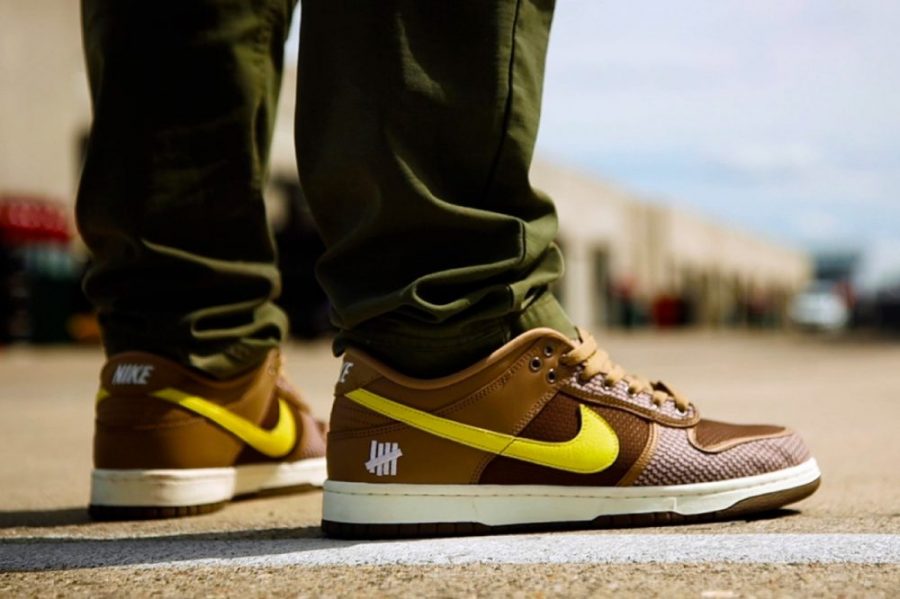
Nike Dunk vs. Nike SB Dunk Design
As mentioned already, the SB Dunk is slightly chunkier when compared to the Dunk. Generally speaking, skaters need more foot and ankle support when they’re doing kickflips and ollies, so these beefier dimensions will really help.
The SB Dunk also has much wider laces and a thicker tongue. Affectionately dubbed the “fat tongue” (or “phat tongue” for all you cool kids out there), this feels so much plusher compared to the one on the Dunk.
Nike Dunk vs. Nike SB Dunk Technology
This is where things really differ between both of these models. While the Dunk features the critically-acclaimed rubber midsole that’s guaranteed to dominate on the hardcourt, the SB Dunk rendition updates this with Zoom Air technology that’s packed within an EVA foam unit, offering even better response.
This is the same technology that’s used on Air Jordan 1 Zoom CMFT, and offers wearers with unrivalled bounce and cushioning with every single step. If you’ve never tried a pair on before, as soon as you do you’ll never want to take them off ever again.
Where To Buy The Nike Dunk
Hype surrounding the Dunk and SB Dunk is currently at an all-time high. This means, unfortunately, the most sought-after collaborations will be quite hard to acquire. That said, Nike has plenty of GR (or general release) pairs are worth adding to your collection, so secure your size before someone else does:
The Bottom Line
The Dunk and SB Dunk are both awesome trainers in their own right. The Dunk is a beast on the hardcourt, while the SB Dunk is destined for halfpipe greatness. With that said, both pairs have a lot of differences, so make sure you take these into consideration before you cop!
